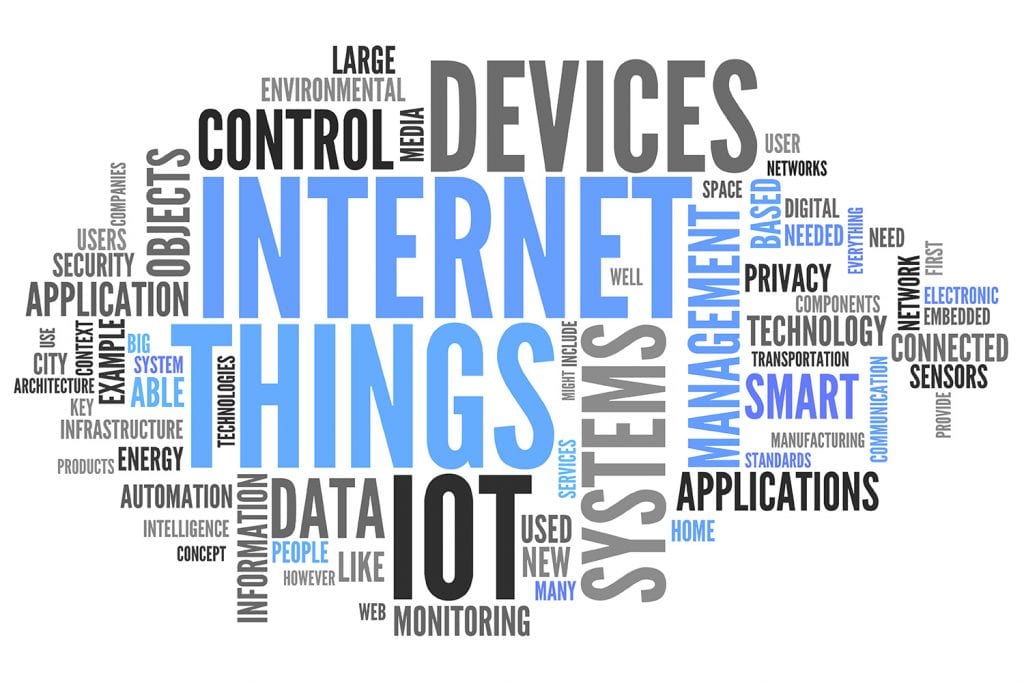Keeping it Simple: “Smarter” Systems, the Language of Technology & Your Institution
Most of us are familiar with that old acronym expressed with the word “K.I.S.S.” We know that, in communication, we should try to “Keep it simple, stupid” if we want others to grasp the message we’re trying to convey.
Regrettably, as technological advances have pushed themselves into so many avenues of our lives, industry leaders have missed opportunities to “keep it simple” when explaining what “smart technology” and “smart systems” are. Rather than translate Techspeak into regular, understandable, day-to-day English that we “normal” people can comprehend, Techies have introduced a complex and buzzword-saturated language to the masses with the expectation that we will simply “keep up.”
With that in mind, here are just a few important vocabulary terms and concepts that can equip public institutional leaders like you with the baseline information you need to make smarter decisions about your organization and your energy resources.
Networked IoT Control System: A system that has multiple devices connected to and working with each other through a network protocol that also communicates with the internet. These devices work in concert with one another to create a network structure that enables the control and data gathering ability. Simply put, this is a network that allow you to do things like managing the lighting in a school or controlling the temperatures on different hospital floors or tracking the location of equipment.
Node: These are the individual pieces / devices that are connected to one another as part of the holistic IoT-based control system.
Mesh Network: A mesh network is a local network topology in which the infrastructure nodes (i.e. bridges, switches, and other devices) connect and cooperate directly with one another to form a structure efficiently route data to/from clients. In short, a mesh network is the wireless structure that acts as a superhighway that nodes use to send and receive data.
Internet of Things (IoT): Is a system of interrelated computing devices, mechanical and digital machines, and objects, that contain unique identifiers and the ability to transfer data over a network without requiring human-to-human or human-to-computer interaction. Bottom line, the IoT is the ecosystem that’s created by the system nodes.
If it sounds like the words “smart system” and “Internet of Things” can basically be used interchangeably, well, they can. In fact, in many cases, all three of these terms can be used interchangeably. If there’s one main takeaway, without needing to ever get bogged down in industry jargon again, it’s this:
Smart systems are made up of connected devices that do things. Period.
OK, it’s not exactly that simple, but you get the point. Not bad, right? These devices can be programmed to do a variety of things, depending on what the user wants. For example, Alexa or Google Home can be programmed to play music or turn on the TV or dim the lights. In a similar fashion, networked controls can be programmed to operate the commercial lighting and HVAC systems in your buildings. As part of a larger “smart” system, these connected devices will save you extraordinary amounts of money, energy, and time, while providing a host of other benefits.
And armed with some key definitions, we can feel confident when speaking with others about opportunities to improve our organizations—and our communities—with smarter technologies.








Recent Comments